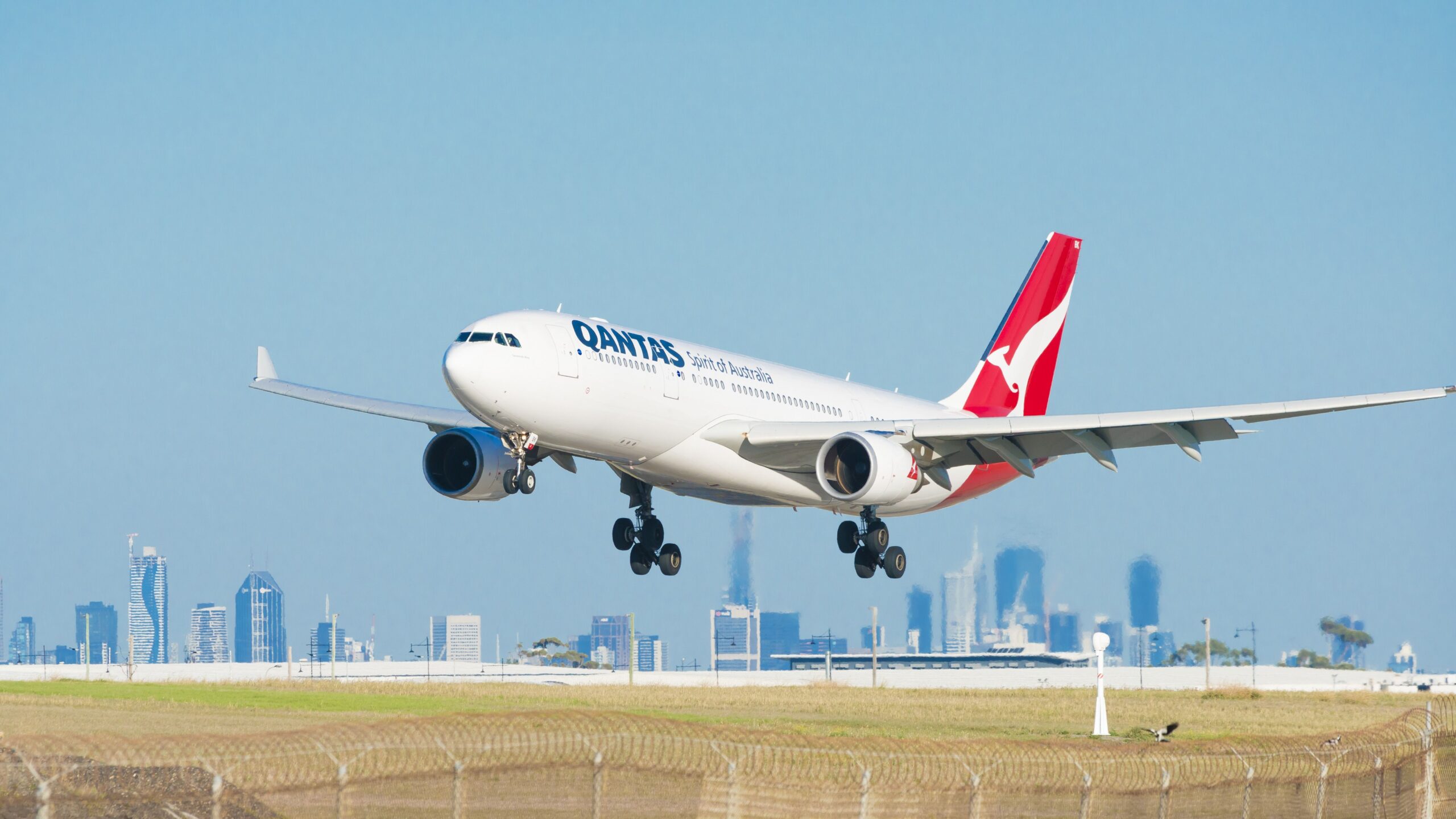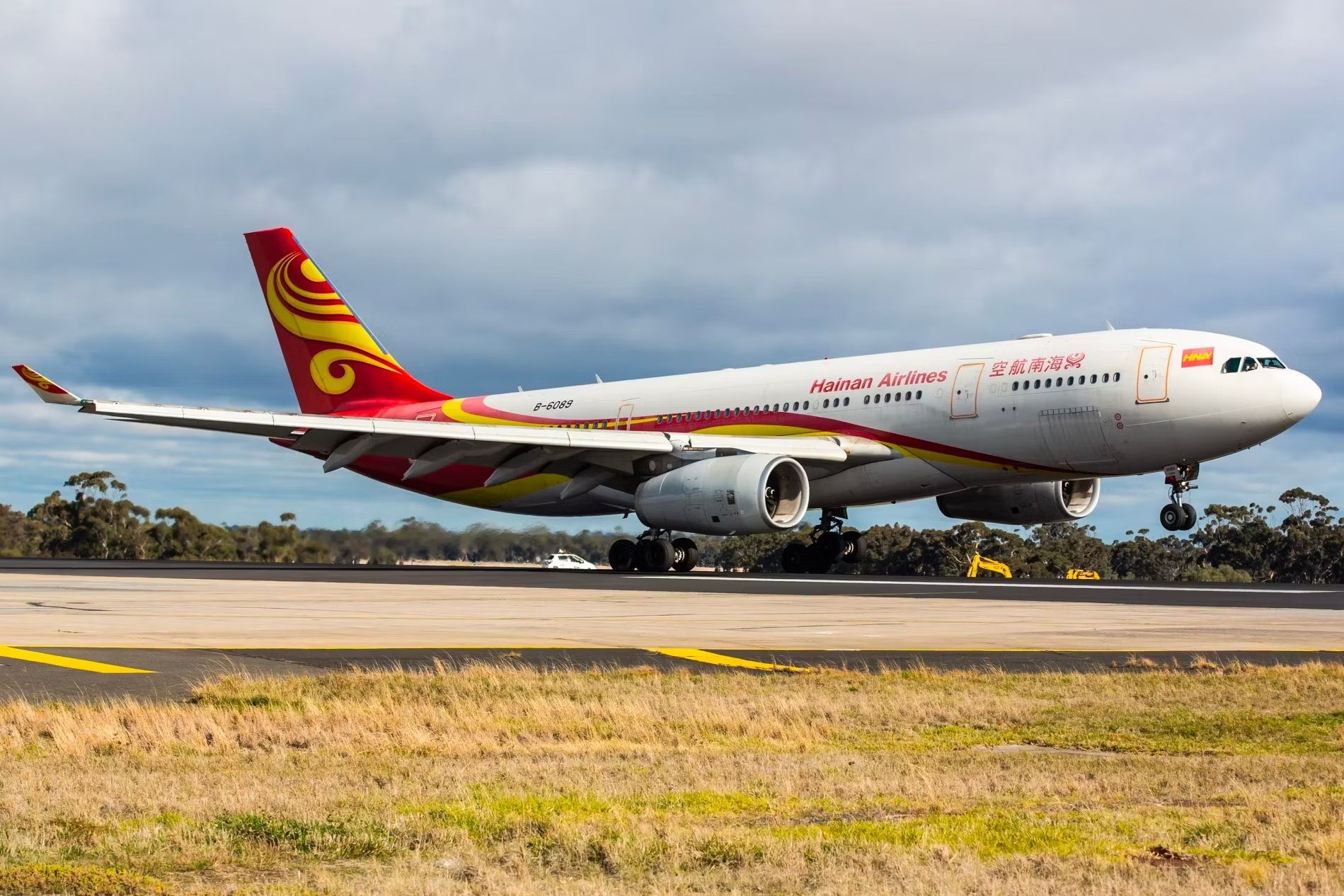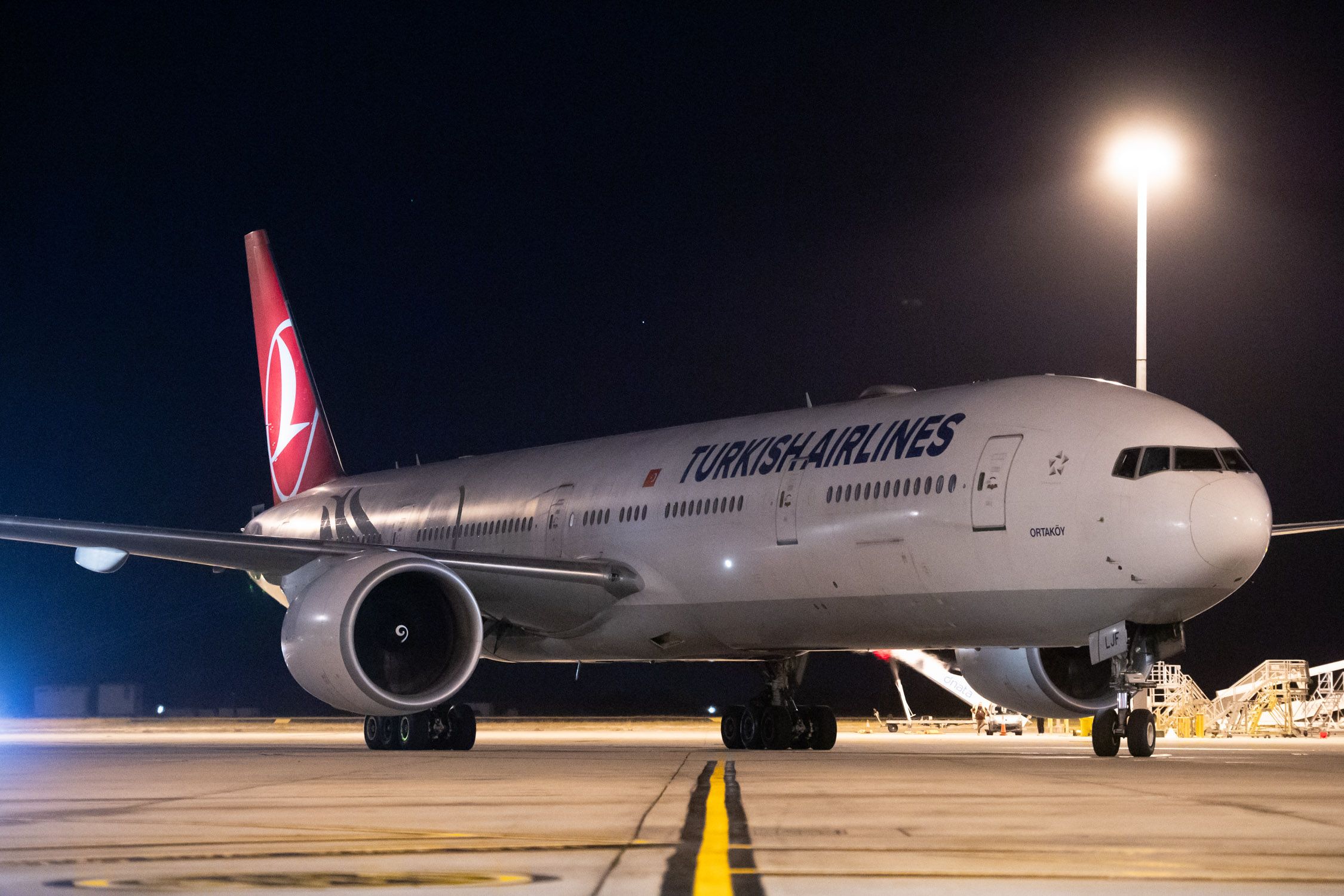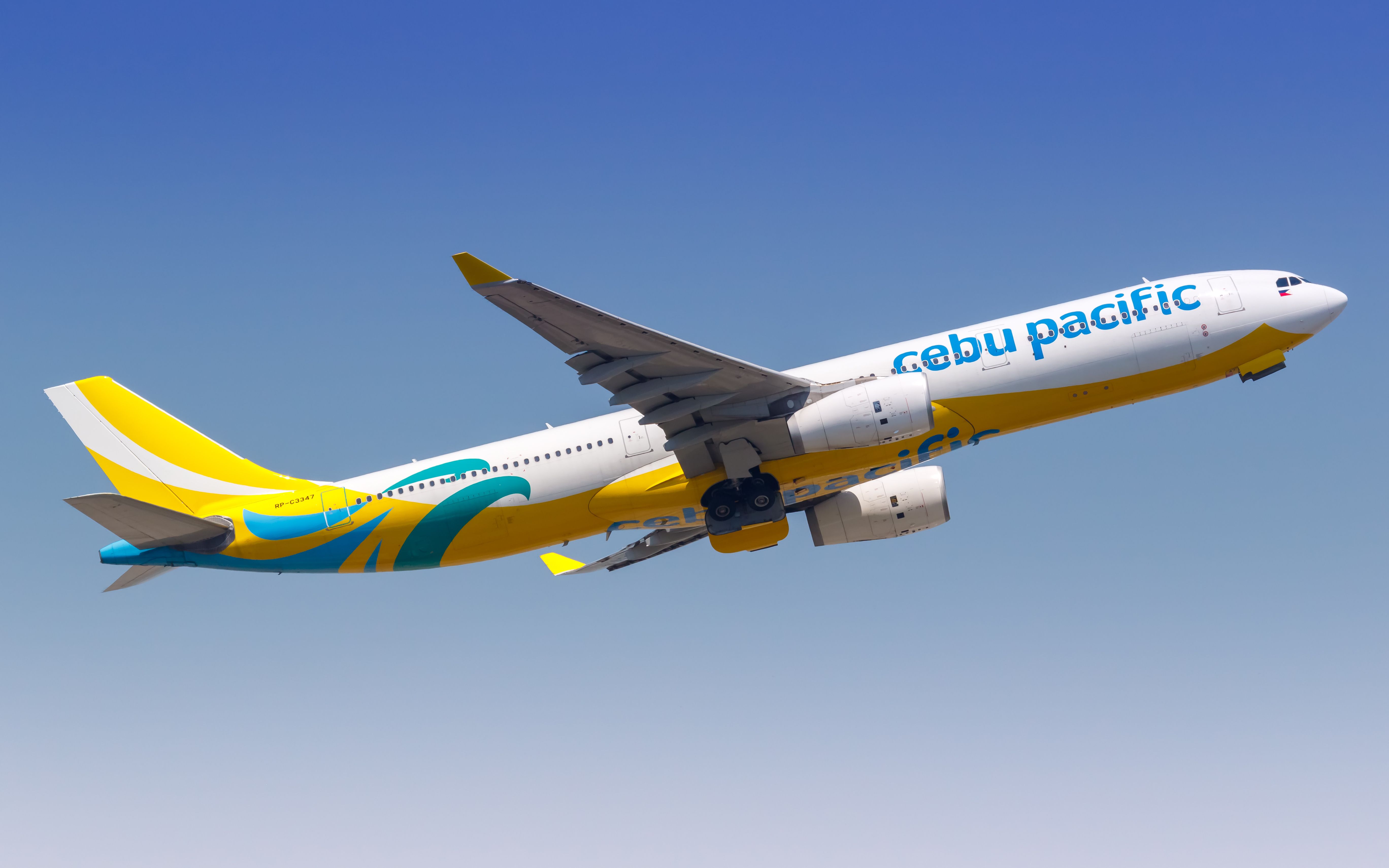In the middle of the pandemic, Melbourne Airport was like a sporting stadium the day after a big game. The terminals were empty, with just a handful of flights repatriating nationals or keeping valuable export markets open, and it was a lonely walk through the airport to see first-hand the impact of Melbourne’s extended lockdown.
That is not the case today, as the Melbourne Airport (MEL) terminals are buzzing with travelers, primarily driven by a surge in foreign visitors from traditional and new markets. Compared to pre-pandemic August 2018, Vietnam passport holders were up by 54% in August 2024, with passengers from the Philippines up by 48%, South Korea by 46% and Turkish passport holders up by 20%.
Photo: Vietjet
Melbourne Airport handled 2.89 million passengers in August, including 923,000 international and 1.97 million domestic travelers. Compared to August 2023, the total traffic was up by 2.4% year-on-year, with international growing 8% and domestic shrinking by 0.4%, mainly due to the collapse of Bonza and Rex’s domestic jet services.
Expanding the airport for the future
Despite the financial ravages of the pandemic and the demise of Bonza and Rex, Melbourne Airport is plowing ahead with major infrastructure projects. As a curfew-free, 24/7 airport, Melbourne is attractive to international airlines wanting to schedule connections through their hubs in Asia, the Middle East, Europe and North America.
Photo: Melbourne Airport
The airport has one north-south and one east-west runway, and for some years, it has floated the need for a third runway to keep pace with the growing population and demand for air travel. Last Friday, Melbourne Airport announced that the Australian government approved the third runway after a lengthy assessment and community consultation period.
The new 3,000-meter (9,840-foot) runway, due to open in 2031, will be built parallel to and 1.3 kilometers (4,265-foot) to the west of the existing north-south runway. The parallel system will allow for simultaneous take-offs and landings, while the length of the east-west runway will be restored to allow for noise sharing.
Photo: Melbourne Airport
Melbourne Airport CEO Lori Argus said the new runway would benefit Australian travelers and exporters for decades to come and ensure Victroia’s primary international gateway has adequate capacity to serve the state’s needs for future generations.
“Sydney and Brisbane already operate parallel runway systems, so this will ensure that Melbourne does not become a handbrake on the national air network or the national economy.”
The project went through a 104-day public consultation period, and as part of the government’s approval, the airport will establish the most comprehensive noise attenuation program in Australian aviation history. The new runway will require new flight paths, and the airport will consult with the community on noise attenuation as the project progresses.
The airport is also undergoing an AU$500 million ($335m) project in the international terminal. This involves replacing traditional baggage belts with a new tote-based system, which will allow for state-of-the-art bag tracking and pave the way for anytime check-in.
A novel approach to building demand
To stimulate the market further, last week, the airport partnered with multiple airlines and travel company Webjet to offer some of the most competitive international airfares since the pandemic. This novel approach will see low prices on tickets to North America, Europe and Asia on sale from September 9 through September 23 (or until sold out) for travel between January 1, 2025, and August 31, 2025.
Photo: Markus Mainka | Shutterstock
The latest round of capacity increases came in August, when the Philippine low-cost carrier Cebu Pacific added an additional service and Chinese airline Juneyao announced its first route from Melbourne. From December, Cebu Pacific is adding a fourth weekly flight between Melbourne and Manila using a 459-seat Airbus A330neo widebody.
From December 19, Juneyao Airlines will start operating its first service in Australia, with an initial three-time weekly service that will increase to daily service during the January and February peak. That route will use the airline’s flagship Boeing 787-9 Dreamliners, configured in a two-class layout of 324 seats, including 29 lie-flat business class seats.
Melbourne Airport is transforming into a world-class facility, matching aircraft and passenger movements within its sustainability and infrastructure programs. It is also doing that while handling growing numbers of airlines and passengers without disruptions and tirelessly working to attract more international carriers down under.





